Our florists are definitely the top experts of what is happening this year when it comes to wedding color trends. With every new client comes a little insight into what brides are asking for, and that translates into what’s hot for 2013 weddings.
When asked to divulge the most popular colors seen this summer, florists responded with popular trends happening in their area. Here is a detailed list of hot color palettes designers, and brides alike, can’t seem to get enough.
#1. coral
(with mint blue) – most votes!
With refreshing sea hues, this combination recalls the soft coral color of shells and fond dreams of the beach.
#2. shades of blue
Proof that calm soothing colors can be exciting and eye-catching as well.
#3. purple
Purple is the meeting place between red and blue; combinations of this hue lend a perfect mix to a happy day.


 Find Your
Find Your 


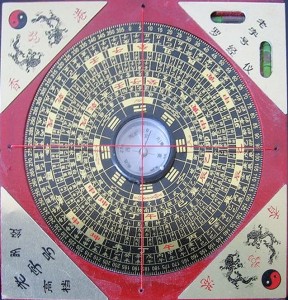 Feng means “wind” and Shui means “water.” Followers of Feng Shui believe the land is alive and filled with Chi, or energy. By focusing that Chi in the right ways, you can live a fuller, healthier, more balanced life. Harmony and balance with life are the major principles of Feng Shui teaching.
Feng means “wind” and Shui means “water.” Followers of Feng Shui believe the land is alive and filled with Chi, or energy. By focusing that Chi in the right ways, you can live a fuller, healthier, more balanced life. Harmony and balance with life are the major principles of Feng Shui teaching.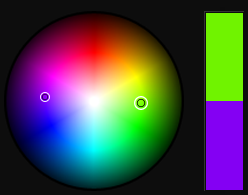

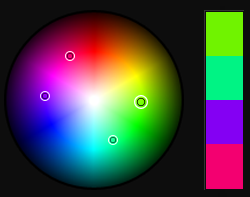
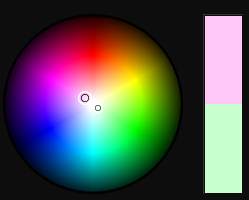

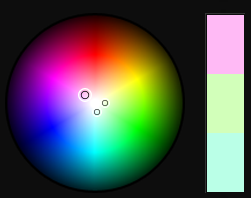

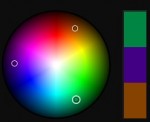
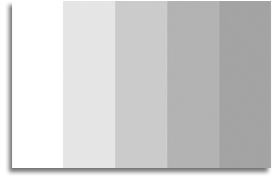
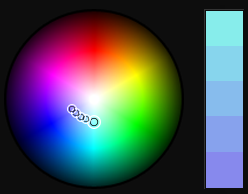
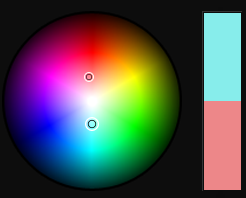
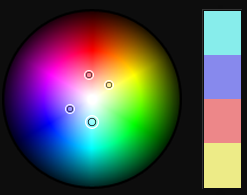
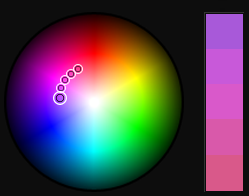
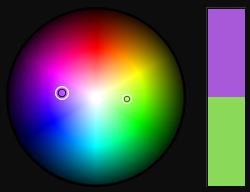
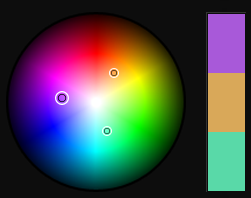
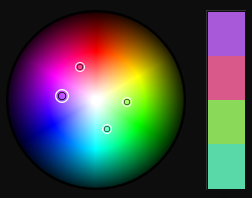


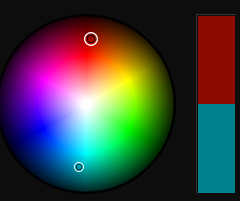
 One of the best things about art class was being able to mix the paints and see all of the variations of color that formed from the controlled spills. Our eyes are naturally drawn to color and soak up the creative hues. Well, florists have the same opportunity every time an arrangement is started. Flowers come in a rainbow of colors so blending the shades and hues into a dazzling, eye-catching bouquet is truly an artform.
One of the best things about art class was being able to mix the paints and see all of the variations of color that formed from the controlled spills. Our eyes are naturally drawn to color and soak up the creative hues. Well, florists have the same opportunity every time an arrangement is started. Flowers come in a rainbow of colors so blending the shades and hues into a dazzling, eye-catching bouquet is truly an artform.  Tertiary colors are the colors between primary and secondary colors on the color wheel. Red-orange, red-violet, blue-violet, blue-green, yellow-green, and yellow-orange are the tertiary colors. These are formed from mixing a primary color with the closest secondary color on either side according to the color wheel. Tertiary colors are particularly appealing in
Tertiary colors are the colors between primary and secondary colors on the color wheel. Red-orange, red-violet, blue-violet, blue-green, yellow-green, and yellow-orange are the tertiary colors. These are formed from mixing a primary color with the closest secondary color on either side according to the color wheel. Tertiary colors are particularly appealing in  Using these color schemes, a florist can easily create dimension and a colorful dynamic in flower arrangements. Knowing which colors appeal the most to the eye when paired with other colors is as much a matter of science as talent. While no one doubts the designer’s eye of a florist, using the color schemes of the color wheel provides another form of inspiration for floral designers.
Using these color schemes, a florist can easily create dimension and a colorful dynamic in flower arrangements. Knowing which colors appeal the most to the eye when paired with other colors is as much a matter of science as talent. While no one doubts the designer’s eye of a florist, using the color schemes of the color wheel provides another form of inspiration for floral designers.
